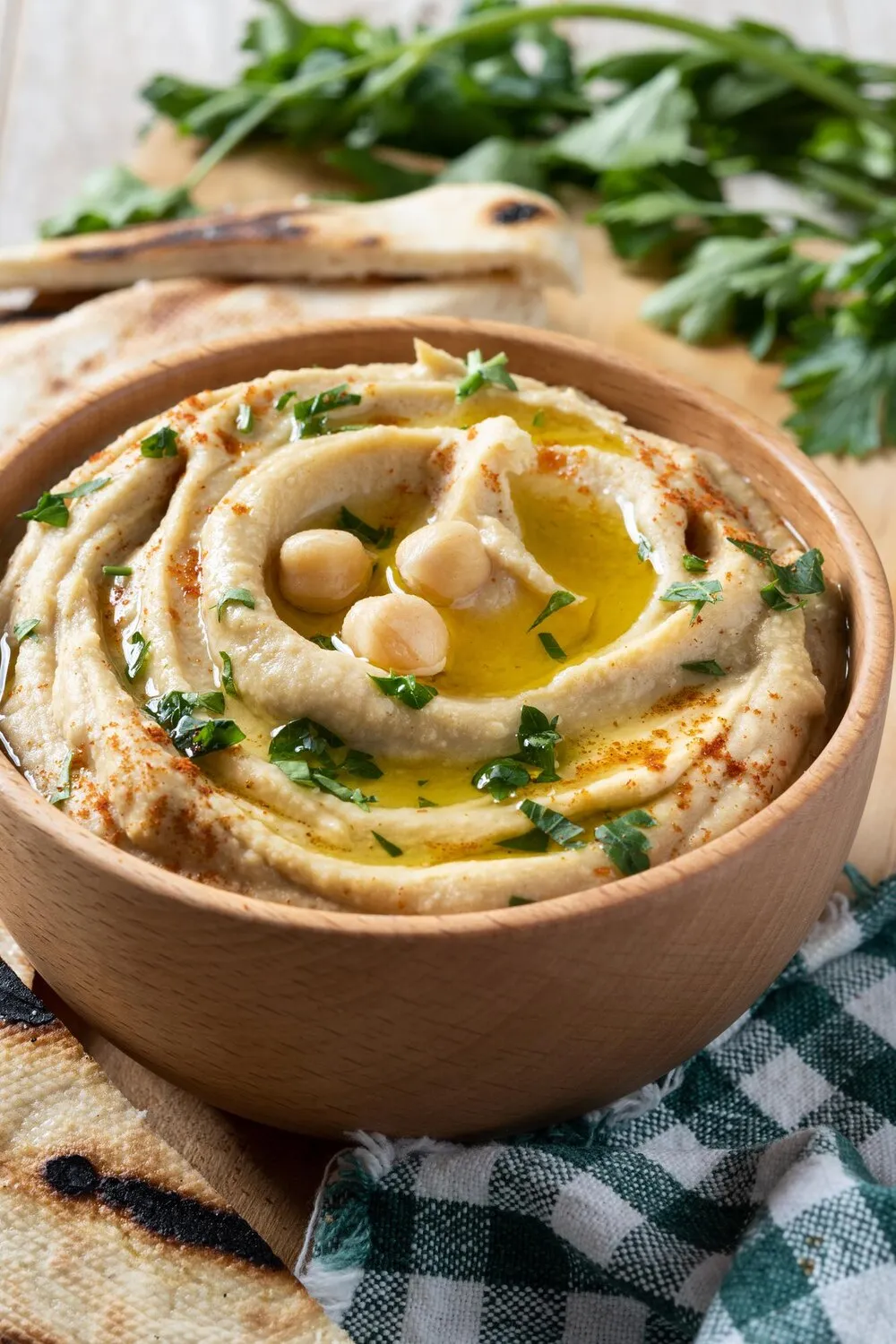
Falafel
Deep-fried balls or patties made from ground chickpeas, herbs, and spices. Often served in a pita sandwich or as part of a platter with hummus and other Middle Eastern delicacies.
Nutrition Facts
* The % Daily Value (DV) tells you how much a nutrient in a serving of food contributes to a daily diet. 2,000 calories a day is used for general nutrition advice.
Falafel's exact origins are debated, but it is believed to have originated in Egypt, possibly as a meat substitute for Copts during Lent. From there, it spread throughout the Middle East, evolving and adapting to local tastes and ingredients.
Falafel holds significant cultural importance throughout the Middle East and beyond, representing street food culture, vegetarian options, and cultural identity.
Street Food Staple
Falafel is a popular and readily available street food across the Middle East, often sold from small stalls and trucks. It's a quick, affordable, and satisfying meal or snack.
Vegetarian Choice
Falafel provides a hearty and protein-rich vegetarian option in a region where meat is often central to meals. It is valued for its versatility and ability to be paired with various vegetables and sauces.
Cultural Identity
For many, falafel is more than just food; it's a symbol of their heritage and cultural identity. Different regions have their own unique variations and preparation methods, reflecting local traditions and preferences.
Global Popularity
Falafel's popularity has spread globally, becoming a favorite in vegetarian and vegan restaurants worldwide. Its delicious taste and versatility have made it a beloved dish in many cultures.
Falafel boasts a savory, earthy, and herbaceous flavor profile, balanced by a satisfyingly crispy exterior.
The primary flavors come from ground chickpeas, which provide a nutty and earthy base. Fresh herbs like parsley, cilantro, and sometimes mint contribute a vibrant green, grassy note. Spices such as cumin, coriander, garlic, and chili powder (optional) add warmth, depth, and a subtle kick. The deep-frying process imparts a crispy exterior and enhances the overall savory taste.
Soak Chickpeas, Don't Cook
Use dried chickpeas that have been soaked overnight (or for at least 8 hours) instead of canned or cooked chickpeas. Soaking ensures the right texture for binding and prevents a mushy interior. Drain and rinse thoroughly.
Don't Over-Process
When grinding the chickpeas, avoid over-processing the mixture into a smooth paste. It should be coarse and slightly chunky for the best texture.
Chill the Mixture
After mixing the ingredients, chill the falafel mixture in the refrigerator for at least 30 minutes (or up to a few hours). This helps the patties hold their shape during frying.
Fry at the Right Temperature
Heat the oil to the correct temperature (around 350-375°F or 175-190°C). If the oil is too cold, the falafel will absorb too much oil. If it's too hot, the outside will burn before the inside is cooked. Use a thermometer to ensure accuracy.
Don't Overcrowd the Fryer
Fry the falafel in small batches to prevent the oil temperature from dropping too much. Overcrowding will result in uneven cooking and greasy falafel.
Explore additional Middle Eastern dishes and restaurants
Explore Middle EasternDiscover top dining spots and culinary experiences in Bolzano.
Explore BolzanoLearn more about the food culture, restaurant scene, and culinary heritage of Italy.
Explore Italy